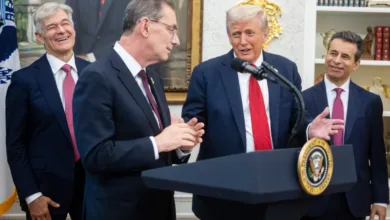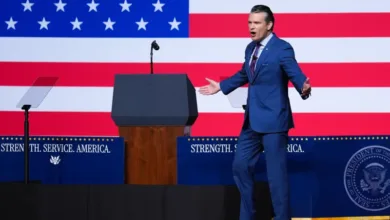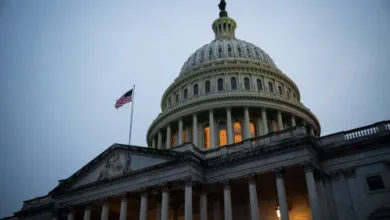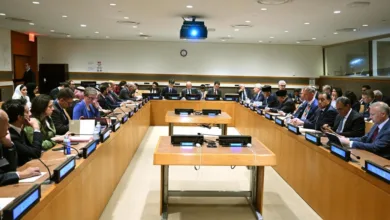Russian Forces Advance in Zaporizhzhia as Ukrainian Commander Admits Strategic Superiority
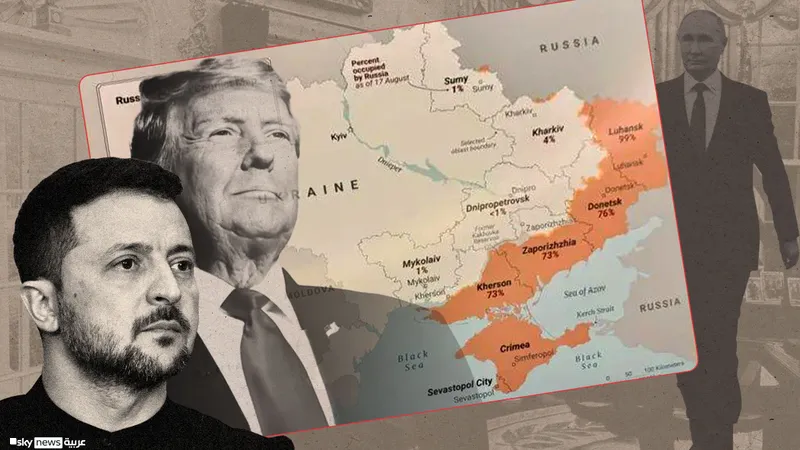
Russian-aligned officials in Zaporizhzhia have reported notable advances of Russian troops in the region, while Ukraine’s top military commander has acknowledged significant Russian superiority on the eastern frontlines. The developments highlight the ongoing intensity and complexity of the conflict in eastern Ukraine.
Russian Gains in Zaporizhzhia
According to Vladimir Rogov, a member of the administrative council of Russian-controlled Zaporizhzhia and head of the pro-Russian “We Are With Russia” movement, Russian forces entered the village of Prymorskoye, advancing toward Stepnogorsk along the Zaporizhzhia frontline. Intense fighting is reportedly underway to secure control over the village.
Rogov told Russian news agency Sputnik that Russian forces have expanded their area of control in Prymorskoye, while combat operations continue to stabilize the region.
Prymorskoye is strategically located near the former Kakhovka Reservoir along a major highway leading to the city of Zaporizhzhia, which remains under Ukrainian control. The Russian advance reportedly pressures Ukrainian forces, forcing gradual withdrawals as Russian troops secure new positions.
Ukrainian Military Perspective
On the Ukrainian side, General Oleksandr Syrskyi, Commander of the Ukrainian Armed Forces, acknowledged the considerable Russian advantage in manpower, resources, and key operational areas on the eastern front. Speaking on social media, Syrskyi stated:
“The enemy maintains a triple advantage in troops, resources, and deployment zones, with potential superiority of four to six times in certain sectors.”
This assessment summarizes the operational developments in the eastern region over the past month, reflecting both the progress of Russian forces and the challenges faced by Ukrainian defenders.
Analysis of Eastern Front Operations
A review by Agence France-Presse (AFP) of data from the Institute for the Study of War indicates that Russian troops continued their gradual advances across eastern Ukraine during August, albeit at a slightly slower pace compared to previous months.
General Syrskyi described Russian tactics as “creeping advances”, involving small infantry groups moving cautiously between villages to exploit gaps in Ukrainian defenses while avoiding direct confrontation.
Despite these challenges, Ukrainian forces reportedly retook 58 square kilometers of territory and several small villages, demonstrating continued resilience and localized operational successes.
Strategic Importance of Prymorskoye and Surrounding Areas
The village of Prymorskoye, located near key transportation routes and water infrastructure, represents a strategically important point for controlling movement and supply lines in southern Zaporizhzhia. Russian advances in this region could facilitate further operations toward Zaporizhzhia city and other contested areas.
Military analysts note that control over such nodes is critical for both offensive and defensive strategies. While Russia seeks to consolidate its positions, Ukraine aims to protect civilian infrastructure and maintain territorial integrity.
Regional and International Implications
The continuing advances of Russian forces in Zaporizhzhia raise questions about long-term security dynamics in eastern Ukraine. Observers emphasize that the Russian gains, though incremental, could influence broader negotiations and the operational balance across the region.
International analysts have highlighted the complexity of the conflict, with Russian superiority in certain sectors offset by Ukrainian tactical resilience. The situation underscores the multidimensional nature of modern warfare, combining conventional military power, local knowledge, and strategic maneuvering.
Casualties and Operational Challenges
While detailed casualty figures remain disputed, Ukrainian authorities indicate that the ongoing clashes have resulted in both military and civilian casualties, as well as damage to local infrastructure. Analysts warn that incremental territorial losses may affect morale and complicate Ukraine’s broader defense strategy.
The Russian forces, meanwhile, appear to prioritize targeted village-level advances rather than large-scale urban assaults, aiming to secure supply routes and strategic positions without overextending their operational capabilities.
Current Status of Territorial Control
As of the latest reports, Russia maintains control over roughly 20% of Ukrainian territory, with continued military operations in multiple regions. Moscow has declared its intention to maintain combat operations until any peace agreement is aligned with its strategic conditions.
In contrast, Ukraine continues to mobilize defensive resources, conduct counter-offensives, and strategically withdraw from non-defensible positions to minimize casualties and preserve combat readiness.
Military and Political Considerations
Experts note that the conflict in eastern Ukraine is heavily influenced by logistics, resource allocation, and operational planning. The acknowledgment by Ukraine’s top commander of Russian superiority highlights the urgent need for adaptive tactics and international support in sustaining Ukraine’s defense posture.
Political analysts also point out that regional advances, such as those in Zaporizhzhia, may affect international negotiations and aid flows, emphasizing the link between battlefield developments and diplomatic outcomes.
The recent developments in Zaporizhzhia demonstrate both the Russian military’s continued pressure on eastern Ukraine and the Ukrainian forces’ resilience in the face of superior opposition. With Russian advances into strategically significant villages like Prymorskoye, the conflict remains intense and fluid.
As the situation evolves, both military analysts and international observers are closely monitoring developments, particularly the balance of power, territorial control, and potential humanitarian impacts. The dynamics in Zaporizhzhia offer a critical lens into the broader strategic trajectory of the ongoing war in Ukraine.

